As described in an earlier post, I was recently involved in developing a Social Media Etiquette for this year’s Dublin eLearning Summer School (#elss16). In this post, I’m going to explore how participants and the wider public responded to these guidelines and reflect on the implications for social media practice and etiquette in our future events. Before this though, let’s recap on why we thought it might be useful and appropriate to develop a social media etiquette in the first place!
Many people have embraced social media on both a personal and professional level and social media now plays an increasingly important role at conference and other professional development events. However, while there are many benefits – not least enhanced openness, transparency and wider opportunities for sharing and networking – this has been accompanied by concerns regarding privacy, control, attribution etc. While social media ostensibly promotes an open and “sharing” culture, not everyone is equally comfortable with this. What is acceptable and “normal” practice for one person, may appear invasive or inappropriate for another. (As mentioned by Dr. Eoin O’Dell (@cearta) at #elss16, Danah Boyd’s excellent book “It’s Complicated” provides a really interesting exploration of social media, identity and privacy and, in particular, how individuals conceptualise privacy differently.)
The theme of #elss16 – “Ethic and eLearning” – focused specifically on many of the issues which arise in discussions of social media at conferences: privacy, data protection, analytics, digital identities etc. Given this, and the potentially sensitive issues under discussion, it seemed particularly appropriate that we develop a social media etiquette for the event this year. This etiquette was published in the event website, emailed to all participants in advance of the event, and a hard copy was also included in participant packs. To encourage an open and sharing culture, while respecting the wishes of individual speakers, speakers were also asked to clarify at the beginning of their session if they were happy for their presentation to be tweeted/photographed etc.
Having disseminated this social media etiquette to #elss16 participants and the wider public, I awaited the response with bated breath! I was particularly curious about the response because (a) this was a new initiative for #elss16 and (b) in my experience such guidelines are not widely used for conferences in the field of education/elearning. (It must be acknowledged however that we are not the first to do this – many other events, particularly those in the fields of law/science/medicine, have published such guidelines. (See for example Social media guidelines for events run by the American Academy of Family Physicians and Social media guidelines for the European Geosciences Union General Assembly 2016.)
The response
So how were our #elss16 social media guidelines received? (Note, in my exploration here I am focussing purely on the public online response, for example via blogs and Twitter. In the spirit of the the #elss16 etiquette, private conversations with participants will not used here.) Responses were varied initially: overall, curiosity and interest was stirred as reflected on Twitter:
Some were very positive:
https://twitter.com/alanjoflaherty/status/745718510714748928
However, some tweeters also hinted at some underlying concerns:
https://twitter.com/alanjoflaherty/status/745713837857476608
And interestingly, these guidelines stimulated bloggers to address the topic, raising valid questions and stimulating significant debate. (See for example, Dr. Sharon Flynn’s Etiquette for tweeting at conferences – an honest question). Most of this debate surrounded the #elss16 request that participants do not photograph presenter’s slides and share them on social media without their permission.
For me, one of the most valuable outcomes of publishing our #elss16 social media guidelines has been the online debate that they have stimulated. While there seemed to be a general consensus on the inappropriateness of recording someone’s presentation without their consent, there was less consensus on the appropriateness of tweeting a speaker’s slides. In my experience, it seems that the default assumption is that speaker slides are tweetable. However, as Simon Wood posits, “is that fair?” Academics may be comfortable presenting evolving, unfinished work to peers in a conference setting: but is it reasonable to assume that they should be equally comfortable presenting these ideas to the world? As argued by Adeline Koh in an interview with Steve Kolowich, “I see this as a divide between older and newer forms of academic culture…On the traditional model, you don’t put an idea out there until it’s fully formed and perfect.”
Blogger Andrew asks “What is the copyright status of slides?” and “why tweet?” These are valid questions: IP issues may arise, particularly if someone is simply capturing and disseminating someone else’s work, as opposed to making their own contribution or response to the work.
So where does this leave us?
At #elss16, our aim was to respect speaker’s preferences, while encouraging the openness, transparency and sharing across our personal learning networks that is so valuable. For us, it appeared to work. However, key to this was the fact that we explicitly asked each speaker to clarify their preferences regarding sharing via social media at the start of their presentation. All #elss16 presenters were happy for presentations to be tweeted etc. and it seemed that participants were happy to know that they were free to tweet with consent.
However, I think there are still questions that are worth grappling with here and I have to say I am still working through my own thoughts on this, which undoubtedly will evolve. Perhaps a future blog post?
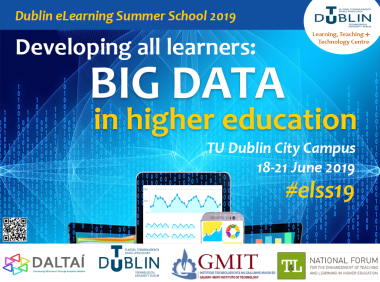 eLearning Summer School! Taking place from 18-21 June 2019 at TU Dublin City Campus, the theme for this year is “Developing all learners: big data in higher education”.
eLearning Summer School! Taking place from 18-21 June 2019 at TU Dublin City Campus, the theme for this year is “Developing all learners: big data in higher education”.
 digital badge by engaging with various LTTC workshops and completing associated activities. The recipient can then choose to publish their badges on their personal websites,
digital badge by engaging with various LTTC workshops and completing associated activities. The recipient can then choose to publish their badges on their personal websites, 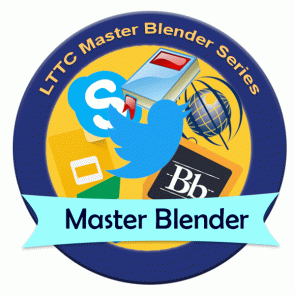

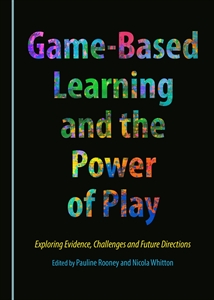
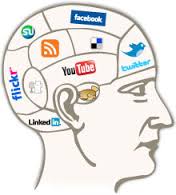
 For some time now we have been discussing the increasing pervasiveness of social media at conferences and professional development events. Undoubtedly this has great benefits. For example,
For some time now we have been discussing the increasing pervasiveness of social media at conferences and professional development events. Undoubtedly this has great benefits. For example, 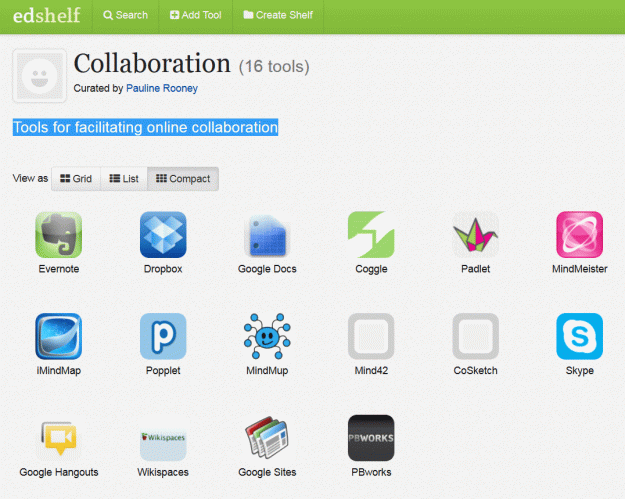
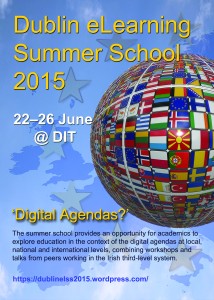
You must be logged in to post a comment.